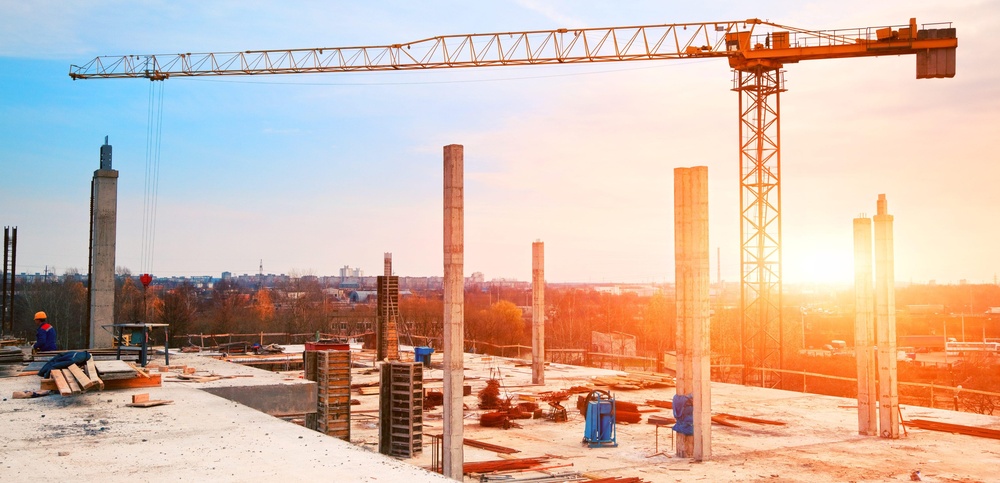2 Feb 2021
VAT Changes to Construction: Domestic Reverse Charge

VAT changes to construction: Domestic Reverse Charge
What is happening and when?
After being delayed twice, the new VAT Domestic Reverse Charge (DRC) goes live on March 1st. It is the most significant change to VAT in construction services in 30 years. From that date, sub-contractors in a Construction Industry Services (CIS) chain of supply will cease to collect VAT from other contractors. In its place a reverse charge system will apply. This makes the buyer of the sub-contractor’s service liable for VAT accounting in place of the supplier.
Why the change?
HMRC are implementing the change to combat VAT ‘missing trader’ fraud in the sector which is estimated to cost the Treasury £100m per annum.
What services will be affected by the DRC?
The scope of the new legislation is wide and based on the definition of “construction operations” for CIS purposes. It encompasses construction services and associated goods supplied by contractors working on the construction, alteration, repair, extension or demolition of buildings and civil engineering works.
What is excluded from the DRC?
- Professional services of architects and surveyors.
- VAT must continue to be charged on separate supplies of goods.
- Employment businesses supplying staff and who pay temporary workers.
- Supplies of contractors’ services to an ‘end user’.
- Zero rated services (i.e. new dwellings and RRP projects).
What is an ‘end-user’?
End-users are customers who do not supply building and construction services onwards. This will include occupiers, retailers, developers, and landlords.
The position as an ‘end user’ may not be obvious to a building contractor and therefore the ‘end user’ needs to declare its position. In the absence of a declaration, contractors should assume that the domestic reverse charge applies, whenever their customer is VAT registered.
Practical implications
VAT-registered sub-contractors who work exclusively for main contractors will cease to collect VAT on their services. The right to reclaim VAT on costs is unaffected and will result in regular VAT repayments being due from HMRC. This will be a burden on cash flow for sub-contractors who may wish to consider monthly VAT returns from March this year.
The cash flow position of main contractors however should improve. They will cease to pay VAT to subcontractors and will instead self-account for VAT on these supplies, reclaiming this VAT under the normal rules at the same time on a VAT return.
Preparation
Businesses will need to adapt their accounting systems and invoicing procedures and train accounts staff to identify when the reverse charge should be applied. Relying on the supplier to get this right is not an option due to the risk of any incorrectly charged VAT being non-reclaimable from HMRC.
The terms of construction contracts should include reference to these new rules and how VAT is to be accounted for.
Verifying the VAT and CIS status of customers
Before applying the reverse charge you need to confirm your customer is registered for VAT. You do not need to verify the CIS registration of existing customers if your contract is within CIS but you should ask new customers to provide details of their registration as a contractor for CIS purposes, or a copy of their CIS verification of you, and retain these.
HMRC recommends you use the CIS verification system.